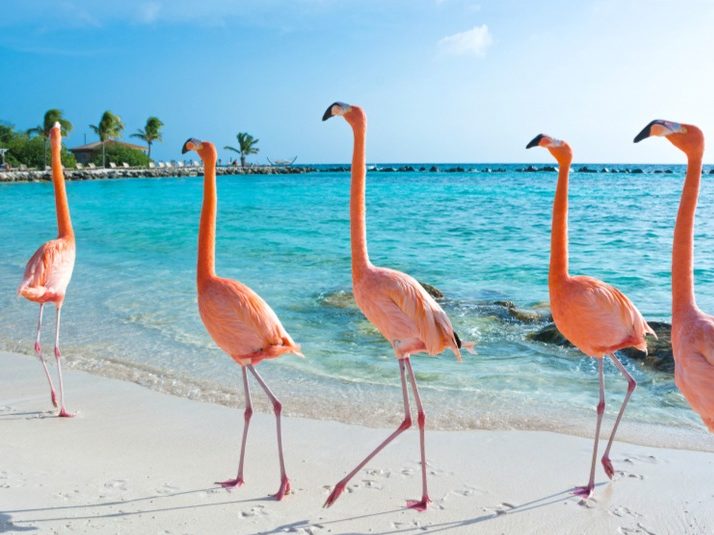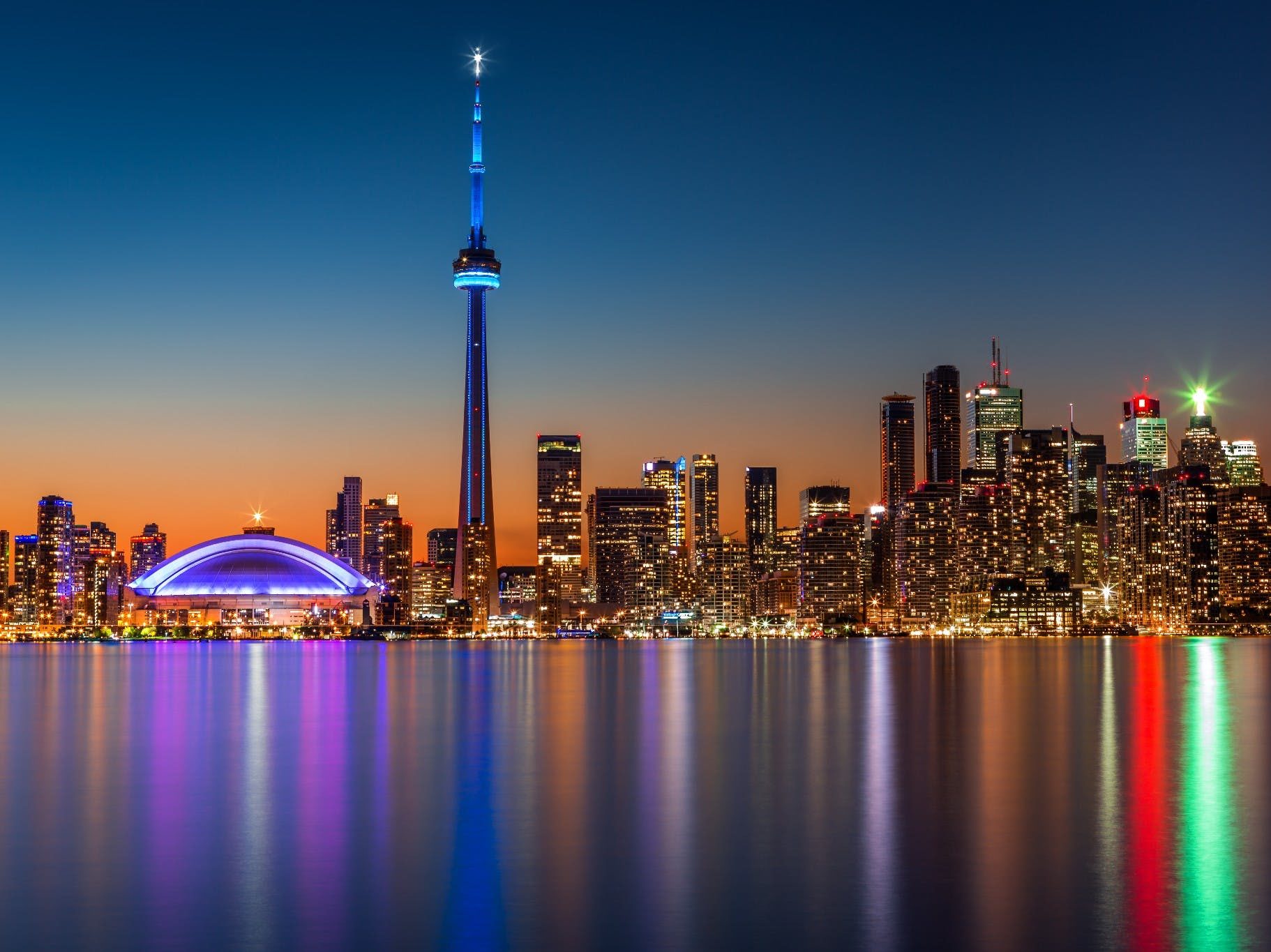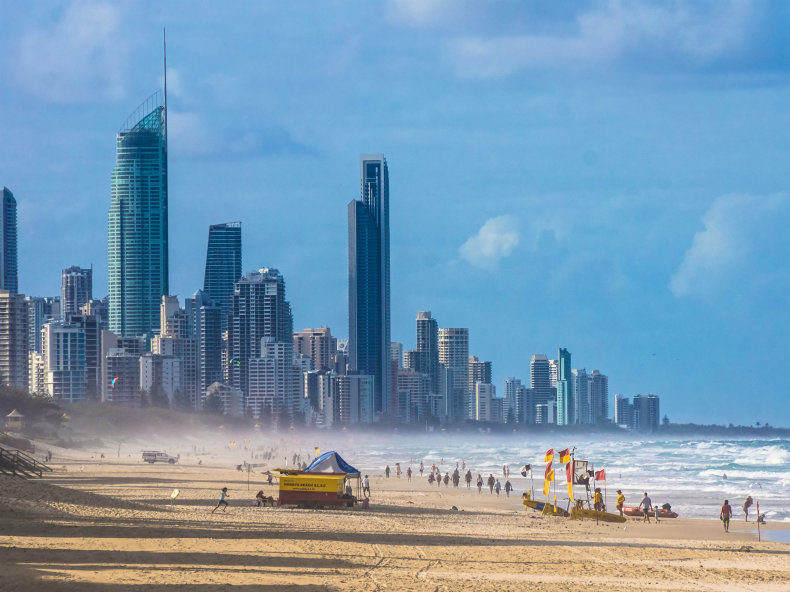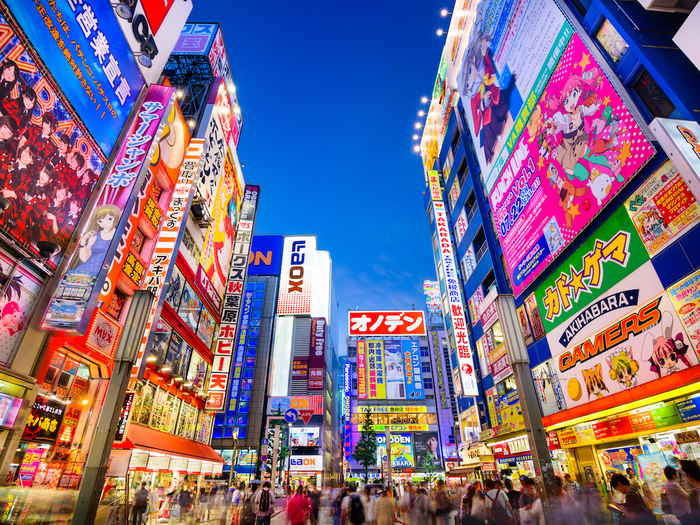Havana
Havana is the capital and largest city of Cuba. The heart of the La Habana province, Havana is the country’s main port and leading commercial center. The city has a population of 2.1 million inhabitants, and it spans a total of 781.58 km2 (301.77 sq mi) – making it the largest city by area, the most populous city, and the fourth largest metropolitan area in the Caribbean region.
The city of Havana was founded by the Spanish in the 16th century, it served as a springboard for the Spanish conquest of the Americas becoming a stopping point for Spanish galleons returning to Spain. Philip II of Spain granted Havana the title of capital in 1592. Walls as well as forts were built to protect the city.
The sinking of the U.S. battleship Maine in Havana’s harbor in 1898 was the immediate cause of the Spanish–American War. The city is the center of the Cuban government, and home to various ministries, headquarters of businesses and over 100 diplomatic offices. The governor is Reinaldo García Zapata of the Communist Party of Cuba (PCC). In 2009, the city/province had the third highest income in the country.
Contemporary Havana can essentially be described as three cities in one: Old Havana, Vedado and the newer suburban districts. The city extends mostly westward and southward from the bay, which is entered through a narrow inlet and which divides into three main harbors: Marimelena, Guanabacoa and Antares. The Almendares River traverses the city from south to north, entering the Straits of Florida a few miles west of the bay.
The city attracts over a million tourists annually; the Official Census for Havana reports that in 2010 the city was visited by 1,176,627 international tourists, a 20% increase from 2005. Old Havana was declared a UNESCO World Heritage Site in 1982. The city is also noted for its history, culture, architecture and monuments. As typical of Cuba, Havana experiences a tropical climate.
Geography
Havana lies on the northern coast of Cuba along the Straits of Florida, south of the Florida Keys, where the Gulf of Mexico joins the Atlantic Ocean. The city extends mostly westward and southward from the bay, which is entered through a narrow inlet and which divides into three main harbors: Marimelena, Guanabacoa, and Atarés. TheAlmendares River traverses the city from south to north, entering the Straits of Florida a few miles west of the bay.
There are low hills on which the city lies rise gently from the waters of the straits. A noteworthy elevation is the 200-foot-high (60-meter) limestone ridge that slopes up from the east and culminates in the heights of La Cabaña and El Morro, the sites of colonial fortifications overlooking the eastern bay. Another notable rise is the hill to the west that is occupied by the University of Havana and the Castillo del Príncipe (Havana).
Landmarks and Historical Centers
- Habana Vieja: contains the core of the original city of Havana. It was declared a UNESCO World Heritage Site.
- Plaza Vieja: a plaza in Old Havana, it was the site of executions, processions, bullfights, and fiestas.
- Fortress San Carlos de la Cabaña, a fortress located on the east side of the Havana bay, La Cabaña is the most impressive fortress from colonial times, particularly its walls constructed at the end of the 18th century.
- El Capitolio Nacional: built in 1929 as the Senate and House of Representatives, the colossal building is recognizable by its dome which dominates the city’s skyline. Inside stands the third largest indoor statue in the world, La Estatua de la República. Nowadays, the Cuban Academy of Sciences headquarters and the Museo Nacional de Historia Natural (the National Museum of Natural History) has its venue within the building and contains the largest natural history collection in the country.
- El Morro Castle: is a fortress guarding the entrance to Havana bay; Morro Castle was built because of the threat to the harbor from pirates.
- Fortress San Salvador de la Punta: a small fortress built in the 16th century, at the western entry point to the Havana harbor, it played a crucial role in the defense of Havana during the initial centuries of colonization. It houses some twenty old guns and military antiques.
- Christ of Havana: Havana’s 20-meter (66 ft) marble statue of Christ (1958) blesses the city from the east hillside of the bay, much like the famous Cristo Redentor in Rio de Janeiro.
- The Great Theatre of Havana: is an opera house famous particularly for the National Ballet of Cuba, it sometimes hosts performances by the National Opera. The theater is also known as concert hall, García Lorca, the biggest in Cuba.
- The Malecon/Sea wall: is the avenue that runs along the north coast of the city, beside the seawall. The Malecón is the most popular avenue of Havana, it is known for its sunsets.
- Hotel Nacional de Cuba: an Art Deco National Hotel famous in the 1950s as a gambling and entertainment complex.
- Museo de la Revolución: located in the former Presidential Palace, with the yacht Granma on display behind the museum.
- Necrópolis Cristóbal Colón: a cemetery and open-air museum, it is one of the most famous cemeteries in Latin America, known for its beauty and magnificence. The cemetery was built in 1876 and has nearly one million tombs. Some gravestones are decorated with sculpture by Ramos Blancos, among others.
Popularity
“La Tremenda Corte”, was the work of this clever and prolific comedy writer Castor Vispo definitely fused with speech and Cuban folk psychology.
Both Vispo as the production team were given the task of finding local comedians who would shed a humorous light, in 1941 (during WWII) and help people to forget the hardships of that time. Soon they found Leopoldo Fernández (Tres Patines), a talented comedian who was already recognized in radio spots and theatre, and his inseparable friend, Anibal de Mar. The duo had already achieved popularity as the comedy duo Pototo y Filomeno, and they would bring parts of their act into the new show. The rest of the cast came from tests with other less well-known comedians, but equally outstanding.
The program began broadcasting on radio station RHC-Cadena Azul on January 7, 1942. It was owned by Amado Trinidad Velasco since 1941 (RHC belonged to the famous cigarette company Trinidad and Brothers).
In 1947, “La Tremenda Corte” like several other programs of its time, was transferred to rival station CMQ Radio advertisers and sponsors, seeking greater competitive advantage. The programs were broadcast live back then, three times per week from Monday to Friday at 8:30 pm, and were sponsored by a firm of perfumery and soaps.
Tourism
The city has long been a popular attraction for tourists. Between 1915 and 1930, Havana hosted more tourists than any other location in the Caribbean. The influx was due in large part to Cuba’s proximity to the United States, where restrictive prohibition on alcohol and other pastimes stood in stark contrast to the island’s traditionally relaxed attitude to leisure pursuits. A pamphlet published by E.C. Kropp Co., Milwaukee, WI, between 1921 and 1939 promoting tourism in Havana, Cuba, can be found in the University of Houston Digital Library, Havana, Cuba, The Summer Land of the World, Digital Collection.
With the deterioration of Cuba – United States relations and the imposition of the trade embargo on the island in 1961, tourism dropped drastically and did not return to anything close to its pre-revolution levels until 1989. The revolutionary government in general, and Fidel Castro in particular, opposed any considerable development of tourism. In 1982, the Cuban government passed a foreign investment code which opened a number of sectors to foreign capital.
Through the creation of firms open to such foreign investment (such as Cubanacan), Cuba began to attract capital for hotel development, managing to increase the number of tourists from 130,000 (in 1980) to 326,000 (by the end of that decade).
Havana has also been a popular health tourism destination for more than 20 years. Foreign patients travel to Cuba, Havana in particular, for a wide range of treatments including eye-surgery, neurological disorders such as multiple sclerosis and Parkinson’s disease, and orthopedics. Many patients are from Latin America, although medical treatment for retinitis pigmentosa, often known as night blindness, has attracted many patients from Europe and North America. Havana attracts over a million tourists annually, the Official Census for Havana reports that in 2010 the city was visited by 1,176,627 international tourists, a 20% increase from 2005.
Notable People
- Alicia Alonso
- José Raúl Capablanca
- Alejo Carpentier
- Celia Cruz
- Guillermo Cabrera Infante
- El Caballero de Paris
- Carlos Finlay
- Wifredo Lam
- Ernesto Lecuona
- José Lezama Lima
- Dulce María Loynaz
- José Martí
- Rita Montaner
- Benny Moré
- Antonio Quintana, Architect
- Mario Romañach, Architect
- Cirilo Villaverde
Climate
Havana has a tropical climate that is tempered by the island’s position in the belt of the trade winds and by the warm offshore currents. Under the Köppen climate classification, Havana has a tropical savanna climate (Aw) that closely borders on a tropical rainforest climate (Af) and a tropical monsoon climate (Am). Average temperatures range from 22 °C (72 °F) in January and February to 28 °C (82 °F) in August. The temperature seldom drops below 10 °C (50 °F). The lowest temperature was 1 °C (34 °F) in Santiago de Las Vegas, Boyeros. The lowest recorded temperature in Cuba was 0 °C (32 °F) in Bainoa, Mayabeque Province (before 2011 the eastern part of Havana province). Rainfall is heaviest in June and October and lightest from December through April, averaging 1,200 mm (47 in) annually. Hurricanes occasionally strike the island, but they ordinarily hit the south coast,[citation needed] and damage in Havana has been less than elsewhere in the country.
Tornadoes can be somewhat rare in Cuba, however, on the evening of January 28, 2019, a very rare strong Fujita scale F4 tornado struck the eastern side of Havana. The tornado caused extensive damage, destroying at least 90 homes, killing four people and injuring 195. By February 4, the death toll had increased to six, with 11 people still in critical condition.
Categories: Central America & Caribbean
More Lifehack Videos





